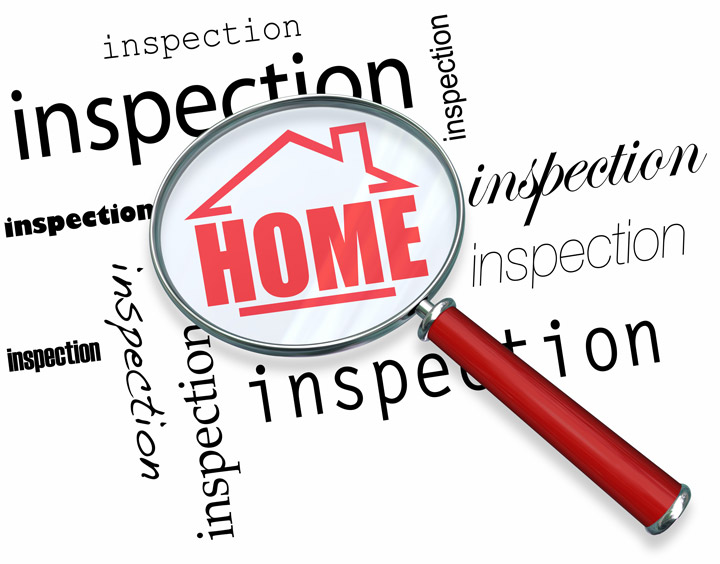
Real Estate Appraisals: A PrimerPurchasing a home is the most serious financial decision some of us could ever consider. Whether it's where you raise your family, an additional vacation home or a rental fixer upper, the purchase of real property is a detailed financial transaction that requires multiple people working in concert to see it through. Practically all the people participating are very familiar. The most familiar person in the transaction is the real estate agent. Next, the mortgage company provides the money required to finance the transaction. And the title company ensures that all requirements of the sale are completed and that a clear title transfers to the buyer from the seller. So, what party is responsible for making sure the property is worth the purchase price? This is where the appraiser comes in. We provide an unbiased opinion of what a buyer might expect to pay — or a seller receive — for a parcel of real estate, where both buyer and seller are informed parties. A licensed, certified, professional appraiser from Manuel Fredericksen will ensure, you as an interested party, are informed. Appraisals begin with the inspectionOur first task at Manuel Fredericksen is to inspect the property to determine its true status. We must see features hands on, such as the number of bedrooms and bathrooms, the location, living areas, etc, to ensure they truly are present and are in the shape a typical person would expect them to be. To make sure the stated size of the property is accurate and convey the layout of the home, the inspection often requires creating a sketch of the floorplan. Most importantly, the appraiser looks for any obvious amenities - or defects - that would affect the value of the house. Back at the office, we use two or three approaches to determining the value of real property: a sales comparison, a replacement cost calculation, and an income approach when rental properties are prevalent. 
Replacement CostHere, we pull information on local construction costs, the cost of labor and other factors to determine how much it would cost to construct a property nearly identical to the one being appraised. This value often sets the maximum on what a property would sell for. The cost approach is also the least used method. 
Paired Sales AnalysisAppraisers become very familiar with the subdivisions in which they appraise. They thoroughly understand the value of particular features to the people of that area. Then, the appraiser looks up recent sales in close proximity to the subject and finds properties which are 'comparable' to the property at hand. By assigning a dollar value to certain items such as square footage, extra bathrooms, hardwood floors, fireplaces or view lots (just to name a few), we add or subtract from each comparable's sales price so that they are more accurately in line with the features of subject property.
An opinion of what the subject could sell for can only be determined once all differences between the comps and the subject have been evaluated. When it comes to knowing the true worth of features of homes in Kalamazoo and Kalamazoo, Manuel Fredericksen can't be beat. The sales comparison approach to value is typically awarded the most importance when an appraisal is for a home exchange. Valuation Using the Income ApproachA third way of valuing real estate is sometimes used when a neighborhood has a measurable number of renter occupied properties. In this situation, the amount of revenue the real estate yields is taken into consideration along with other rents in the area for comparable properties to derive the current value. ReconciliationCombining information from all applicable approaches, the appraiser is then ready to stipulate an estimated market value for the property in question. The estimate of value at the bottom of the appraisal report is not always the final sales price even though it is likely the best indication of a property's valuePrices can always be driven up or down by extenuating circumstances like the motivation or urgency of a seller or 'bidding wars'. Regardless, the appraised value is often employed as a guideline for lenders who don't want to loan a buyer more money than the property is actually worth. At the end of the day, an appraiser from Manuel Fredericksen will help you get the most accurate property value, so you can make profitable real estate decisions. |